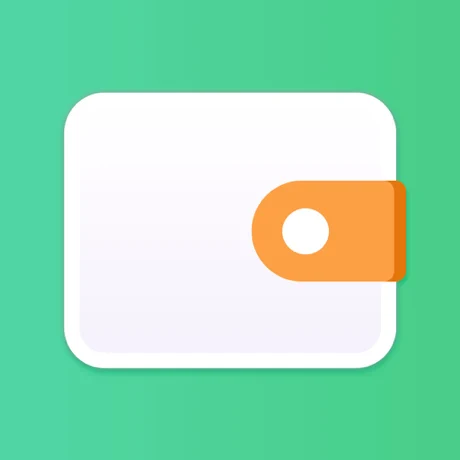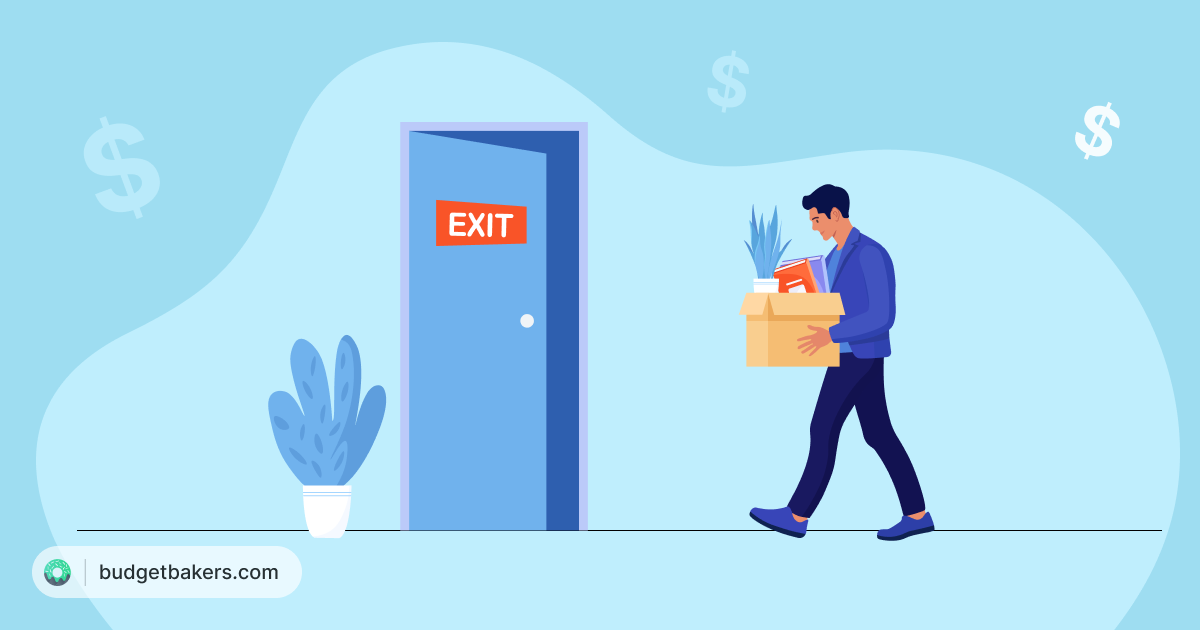At BudgetBakers, we put you, our users, first. Always.
We want Wallet to be useful for you. We want it to help you manage your money in the simplest possible way. We want you to lead stress-free, happier and calmer lives.
We want you to forget about all the anxiety that comes with managing money and treat it as just another part of your life. We want you to to lead a richer life, feeling confident that your finances are taken care of.
So, here’s presenting our new feature, Labels.
Labels are a powerful addition to Wallet and it brings with it immense flexibility. It not just breaks down and simplifies the process of getting your finances in order, but makes it more efficient.
What are Labels?
Labels help you group together income and expense records and filter them out separately as you wish. They also help you budget more quickly and efficiently.
How Do Labels Work?
Labels go deeper than your existing categorizations, in the sense that you can assign different Labels to every record, irrespective of the category it belongs to.
Let us explain…
Say, you went for two vacations this year. One with your family to Iceland and the other with your friends to Paris. There are many different ways in which you can keep track of it on Wallet.
So let’s go to Iceland first.
You paid for the cab to your hotel in cash; you paid for your hotel booking by card; you paid for food at the restaurant with the card from your joint account you have with your wife.
Now, these three transactions will be probably recorded under three different Accounts and categorized under Taxi, Holiday, Food or Life & Entertainment, depending on your personal preferences.
Now let’s go to Paris. You may have made similar payments there and would have logged them under various categories.
So, earlier, you may have entered these records and probably used the ‘hashtag’ feature to group them into say #icelandholiday, #summerholiday, #iceland, #paris and so on.
But now…
From now on, all your existing hashtags will get converted into Labels.
But Labels are not just going to be a ‘prettier’ replacement for hashtags. You can do much more with them.
Like what, you may be wondering.
Filtering By Custom Labels
The first thing Labels will help you with is, of course, grouping and filtering your records according to your choice.
This means that you can now create a Label called Iceland or Paris and add it to all the records you want to group under this.
You can do this while creating a new record. You can also add a Label to an existing record by editing it. And, as was with hashtags, you can create a filter for, say, the Label ‘Iceland’ and use it to filter your records.
But that’s not it!
You can add up to five labels in each record. You can assign different colors to each Label making it easier to spot them in your records.
This means that you can make a single record a part of at least five different groupings of your choice.
Let’s come back to our initial example. Say, during your trip in Paris, you go for dinner with your friends.
You want to be able to see it as part of the expenses you made in Paris, so you can add a Label called Paris to it. If you want to also see it as part of your yearly holiday expenses, then you can add a Label that says Holiday 2017 to it. If you had gone with your work friends and want to see this transaction along with all the records you make in relation to work, you could label it Work.
You can choose appropriate Labels and add them to records. You can also use them to filter by Labels in records overview (as shown in third panel), reports and charts.
You get the hang of it, right?
So now, the choice is yours.
You can create any number of Labels and, with a single touch, you will be able to filter your records by them in charts, reports and records overview.
Wait, there’s more…
Budgeting By Labels
Now, this is the exciting part! You can now even budget by labels.
Say, you want to create a Budget for Fixed Expenses and another for Extraordinary Expenses.
Earlier, you had to create a new Budget, add all the categories that you thought pertained to Fixed Expenses to it first. Later, while adding new records, you had to remember to categorize them according to the ones that were added to your Budget. Only then would the change be reflected in your Budget.
Now, suppose, you wanted to add a new monthly Netflix subscription to your Fixed Expenses Budget. You would have to go back to your Budget, edit it and include the TV, Streaming category to it.
Too complicated, you think?
We agree.
So we decided to simplify this for you.
Now, all you need to do is create a Label called, say, Fixed. When you create a new Budget, you don’t even have to add any categories to it. Add the Fixed Label to it and the Budget will automatically reflect the changes of all records that are now labelled Fixed.
This means you don’t need to remember to categorize your records each time. You just need to label new or old records accordingly.
And, what about that Netflix subscription?
Just label it Fixed and it gets automatically added to the Budget. No editing the Budget, adding the category, blah, blah and blah!
Now you can use Labels to automatically reflect changes in Budget.
You could do this with any Label you want to budget with.
And, because you created Labels for Fixed and Extraordinary Expenses, you can easily use them to filter out records in charts, reports and records overview.
Making the shift
We know change is difficult.
But, at BudgetBakers, we ensure that every change we make works in the best interests of our users.
We do not believe in quick fixes. We want to give you solid, sustainable and efficient solutions.
So, How Can You Get Labels?
It’s simple! Just update to the latest available version of Wallet. Try out Labels now and put your finances in order.
Send us your ideas, suggestions and feedback about this new feature here.
Follow BudgetBakers on Facebook, Twitter, Linkedin and Instagram to get more updates from us.


